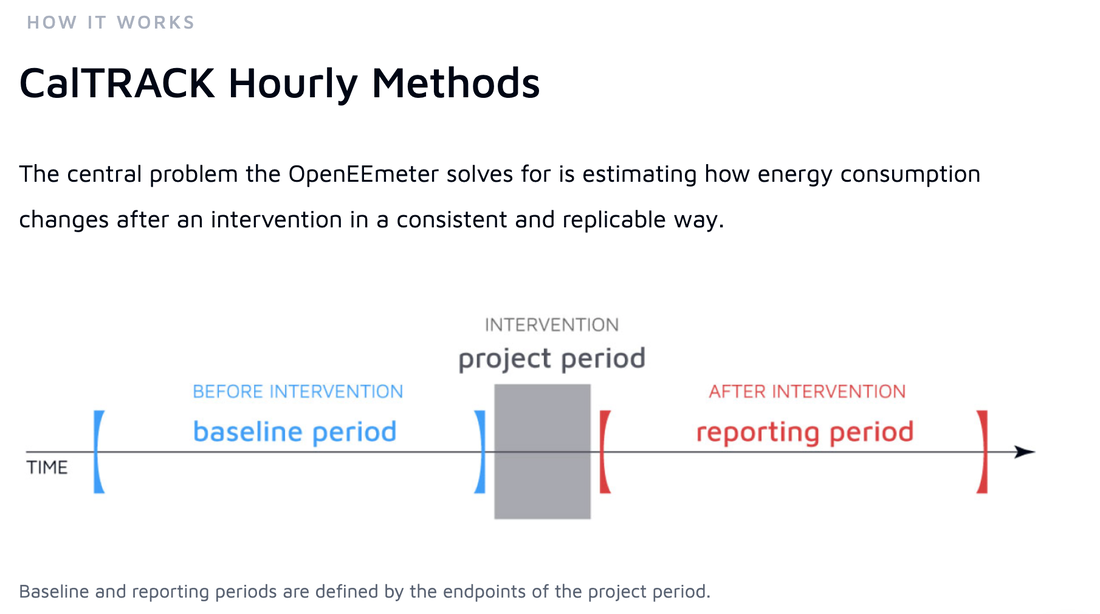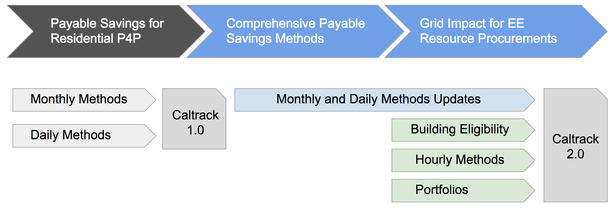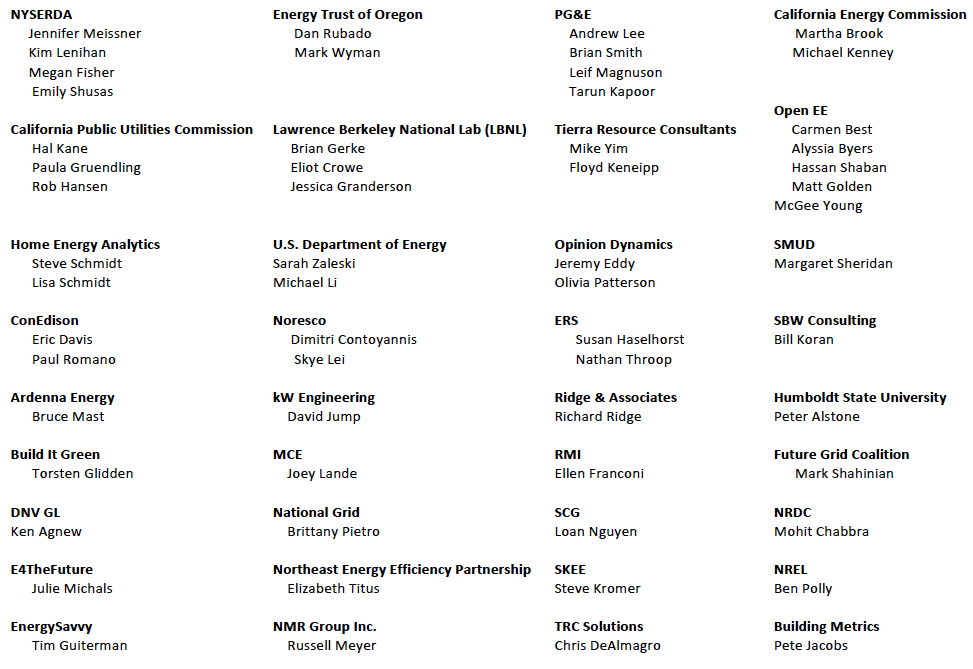OpenEEmeter Working Group: Catch up on the latest Technical Working Group meeting.LF Energy and the OpenEEmeter project team are pleased to re-launch the CalTRACK technical working group to incorporate updates to the methods and code and formally enfold CalTRACK under the OpenEEmeter project umbrella.
What is CalTRACK? CalTRACK specifies empirically tested methods to standardize how normalized meter-based energy consumption changes are measured and reported. When CalTRACK is implemented through open source software, these methods can be used to support procurement of energy efficiency, electrification, and other distributed energy resources. The CalTRACK framework is a set of energy efficiency savings calculation guidelines that obey three fundamental principles necessary for facilitating the valuing of energy efficiency as a grid resource: Consistency, Transparency, and Replicability. Want to Get Involved? If you are interested in participating in this open-source collaborative process, please join the working group and help us prioritize, test, and agree to updates to this important standard method and code base. |
Join the Technical Working Group |
CalTRACK 2.0 Overview
Open Energy Efficiency, with participation from the California Energy Commission, the New York State Energy Research and Development Authority (NYSERDA), the Energy Trust of Oregon, and other stakeholders issued a new set of guidelines under the framework of CalTRACK 2.0.
This new version of the CalTRACK framework included updates to existing CalTRACK methods as well as the development of methods and policy guidance for hourly savings, portfolio load shape, and non-residential sectors. These updates further aligned the CalTRACK framework with the needs and requirements of pay-for-performance programs, energy efficiency procurement, and market development.
This new version of the CalTRACK framework included updates to existing CalTRACK methods as well as the development of methods and policy guidance for hourly savings, portfolio load shape, and non-residential sectors. These updates further aligned the CalTRACK framework with the needs and requirements of pay-for-performance programs, energy efficiency procurement, and market development.
CalTRACK 2.0 Participants
Nearly 60 experts representing advocates, utilities, regulators, implementers, evaluators and academic researchers participated in the CalTRACK 2.0 process. Thank you for your contributions.




